How to test the sealing property of Cotton Baling Film stored for a long time
2025-05-27
Airtightness Testing Guide for Cotton Baling Film
1. Visual Inspection: Initial Assessment
- Surface Damage: Check for cracks, punctures, or scratches (use a magnifying glass for small defects).
- Seam Integrity: Inspect heat-sealed edges for gaps, uneven bonding, or delamination (1mm gap = airtightness risk).
- Material Degradation: Look for discoloration, brittleness, or stickiness (signs of UV/chemical damage).
2. Pressure Testing: Quantitative Methods
-
Inflation Test (Small Samples):
- Seal 30cm x 30cm sample into a pouch, inflate to 80%, submerge in water; bubbles = leaks.
- Tools: Hand pump, water tank (ideal for lab QC).
-
Vacuum Chamber Test (Large Bales):
- Seal baled cotton, apply -0.8 bar pressure, monitor for 2 hours (rise >0.05 bar = leakage).
- Tools: Industrial vacuum chambers with digital gauges (certified facilities).
3. Moisture Vapor Transmission (MVTR)
-
ASTM E96 Method:
- Seal desiccant-filled dish with film, weigh before/after 24 hours at 23°C/50% RH.
- Acceptance: MVTR <5 g/m²/day to prevent mold/fiber degradation.
4. Oxygen Transmission Rate (OTR)
-
Coulometric Sensor Test:
- Clamp film between O₂/N₂ chambers, measure permeation over 1 hour.
- Threshold: OTR >20 cm³/m²/day = poor long-term barrier.
5. Accelerated Aging Tests
-
UV Aging (ASTM G155):
- Expose film to Xenon arc lamp for 500 hours (≈2 years of sunlight), retest OTR/MVTR.
-
Thermal Cycling:
- Subject to -20°C to 60°C cycles for 100 hours; check for cracking/seal failure.
6. On-Farm Practical Tips
- DIY Bubble Test: Inflate small pouch, press against sharp objects (e.g., cotton burrs) to simulate damage.
- Humidity Indicator Cards: Place inside bales; pink-to-blue shift (cobalt chloride) = moisture intrusion.
- Regular Rechecks: Test seals every 6 months, especially after extreme weather.
You Might Also Like
-
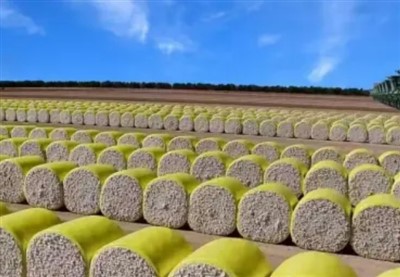
what are the advantages of cotton packaging film
-

The Advantages of Cotton Wrap Film
-
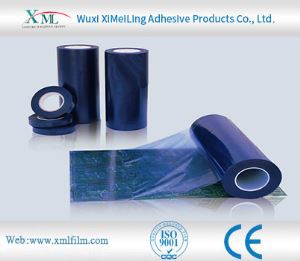
How does pe protective film cope with high temperature environment
-
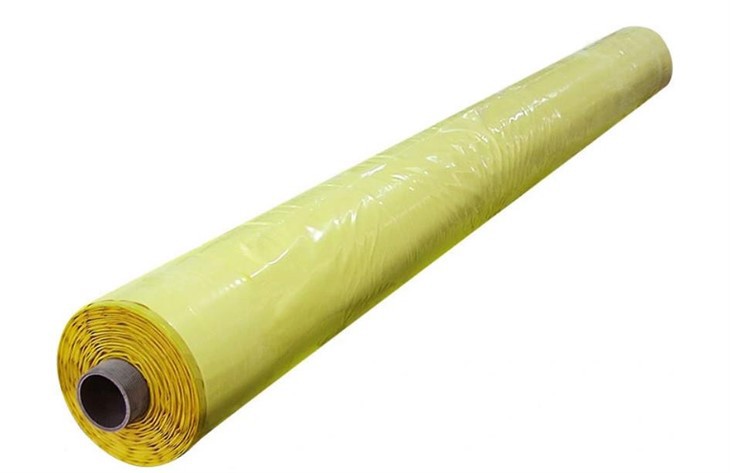
Advantages of Cotton Bale Wrap Film
-
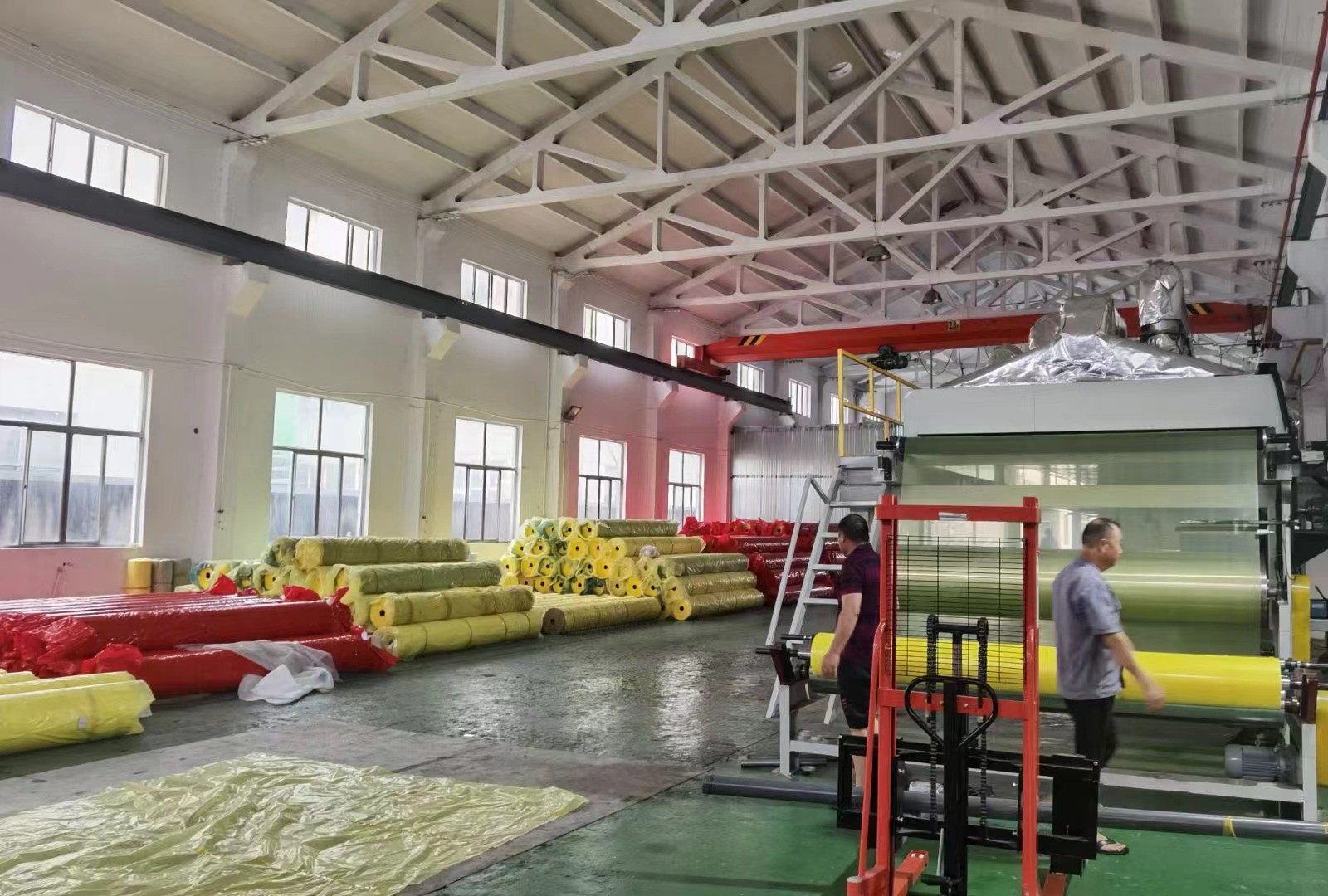
Storage method of cotton bale wrap film
-
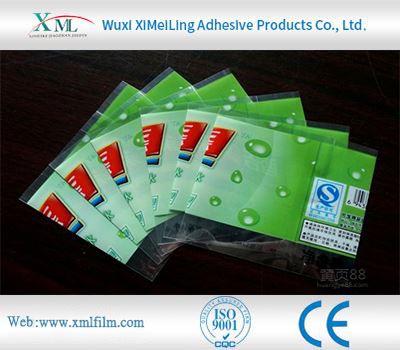
How Polyethylene Packaging Material Copes with High Temperature Environment
